- Date Published:
2024 - Length:
128 pages—Listening Time: 1 hr 56 minutes - Genre:
Nonfiction, Science and Nature, Economics - Setting:
No time or date setting - Awards:
Los Angeles Times Book Prize Finalist Current Interest 2024, The Guardian Book of the Day 2024-11-21, LibraryReads Monthly Pick November 2024, Books Scientific American Recommends Nonfiction 2024 - Language:
English - Sensitive Aspects:
Critique of capitalism and market economies, idealism and practicality - Movie:
There are no movie deals related to The Serviceberry. - Recommend for Book Club:
Yes, most RWW reading groups will appreciate this book

I'm not sure exactly what I was expecting from The Serviceberry by Robin Wall Kimmerer. I'm certainly not a botanist and have never lived on a farm or even close to an orchard. Frankly, prior to reading this book, I didn't know what a serviceberry was. I guess I thought I might learn something about canning berries or making jam?
I certainly wasn't expecting a lesson in economics.
“When an economic system actively destroys what we love, isn’t it time for a different system?” Robin Wall Kimmerer poses this question in her book, The Serviceberry. She compares the market economy, which permits a small number of people to individually own riches, with the Indigenous concept of a gift economy, in which excess is considered a gift to be given.
Wow!
The Serviceberry is the perfect message for these economically difficult times—and let's be honest, we are living in constant economic turmoil. Surely there is more altruism and sacrifice waiting for us in the depths of our wallets, as Robin Wall Kimmerer delicately but passionately begs us to reevaluate how we spend our paper and plastic currency. The book is brief, yet it left an enduring mark on me by demonstrating how words can change a culture. We should all listen to Kimmerer's urgent plea for a stronger feeling of community.

The Serviceberry: Abundance and Reciprocity in the Natural World by Robin Wall Kimmerer explores the concept of the "gift economy" through the lens of the serviceberry tree, blending Indigenous wisdom, ecological science, and personal narrative to propose a radical rethinking of how humans relate to each other and the natural world.
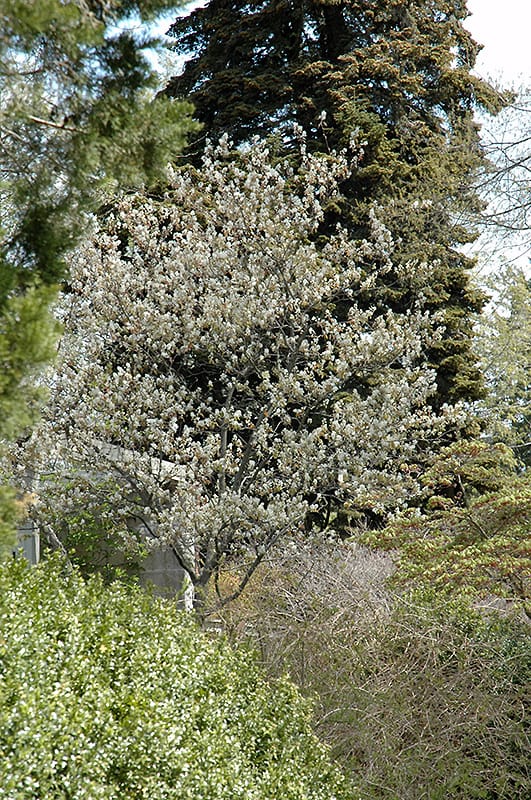
Kimmerer contrasts the dominant Western market economy—rooted in scarcity, competition, and individual accumulation—with the Indigenous concept of a gift economy, which is based on abundance, reciprocity, and mutual flourishing. In a gift economy, wealth is measured by the quality of relationships and the act of sharing, rather than by personal accumulation or monetary wealth.
The serviceberry tree serves as both a literal and metaphoric example of the gift economy. Its berries are freely given to birds, animals, and humans, fostering a network of mutual benefit: birds disperse the seeds, ensuring the tree’s survival, while the abundance of fruit supports the wider ecosystem. This natural reciprocity models how human societies might also thrive through generosity and interconnectedness.
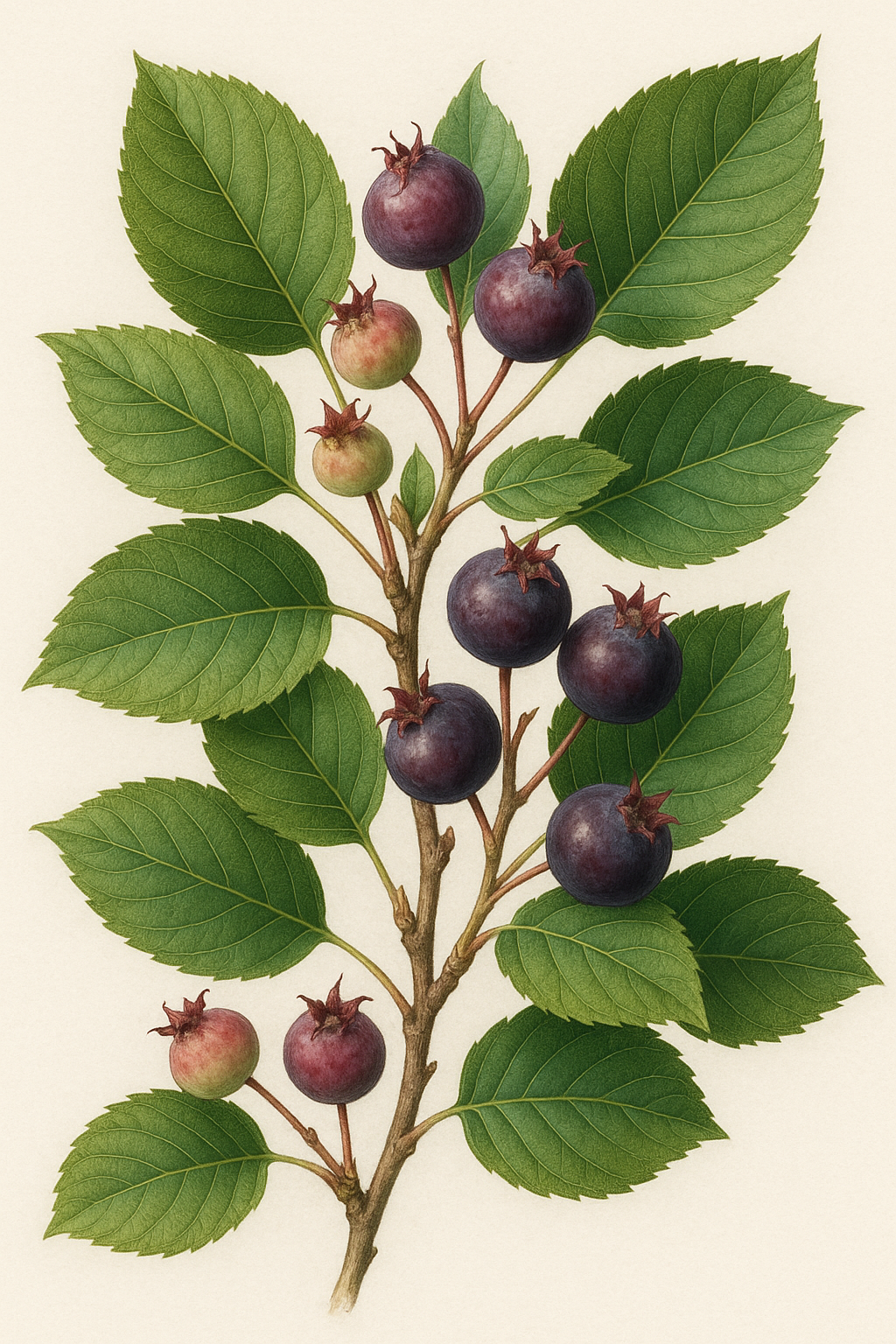
Kimmerer, drawing from her Potawatomi heritage, underscores the significance of gratitude, respect, and the principle of "enoughness"—taking only what is necessary. This approach stands in stark contrast to consumerist values that encourage overconsumption and waste. She outlines practical guidelines for honorable harvesting, such as never taking the first or last of a resource, taking only what is given, and always giving thanks and giving back in reciprocity.
Kimmerer weaves personal anecdotes—like sharing a surplus of serviceberries with neighbors—into broader reflections on how small acts of generosity can build resilient, caring communities. She points to grassroots movements, Little Free Libraries, and neighborhood free-sharing as real-world manifestations of the gift economy.

The book encourages readers to look to nature for models of sustainable living and to implement these lessons in human societies. Kimmerer is realistic about the challenges, acknowledging that the market economy will not disappear overnight, but she advocates for incremental change and the creation of “gift economies in the gaps”—small, persistent acts that can disrupt the status quo and foster long-term transformation.

The Serviceberry is a concise yet profound work that invites readers to rethink their relationship with nature, community, and the economy. Here are several compelling reasons to pick up this book:
A Vision of Abundance and Reciprocity
Kimmerer uses the humble serviceberry tree as a powerful metaphor for abundance, interconnectedness, and the ethic of reciprocity. The tree’s natural generosity—distributing its berries freely to birds, animals, and people—serves as a model for how humans might build more generous, sustainable communities. She contrasts these ideas with the prevailing market economy, which is rooted in scarcity, competition, and accumulation, arguing instead for a “gift economy” where resources are shared and relationships matter more than wealth.
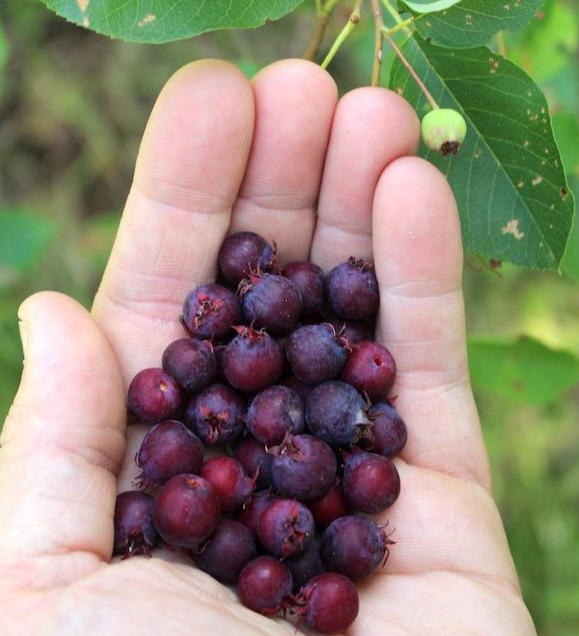
Indigenous Wisdom and Ecological Insight
As a Potawatomi botanist and author, Kimmerer draws from Indigenous knowledge systems that have long promoted gratitude and giving back to the land. Her perspective offers a refreshing alternative to extractive, consumption-driven economic models. The book is rich with personal stories, scientific observation, and spiritual reflection, blending these elements to encourage a more reciprocal relationship with the Earth.
Timely and Hopeful
In an era marked by climate crisis, economic inequality, and social division, The Serviceberry offers a hopeful path forward. Kimmerer’s vision is not just a critique but an invitation to imagine and enact a more humane, community-oriented way of living. The book’s message of “enoughness”—taking only what you need and sharing the rest—challenges the dominant culture of overconsumption and waste.
Practical Inspiration for Everyday Life
Kimmerer provides gentle, actionable guidance on how to incorporate reciprocity and gratitude into daily choices, from sharing garden harvests to supporting community initiatives like Little Free Libraries. Her teachings encourage stewardship, gratitude, and a sense of responsibility for sustaining the Earth and each other.
Beautiful, Accessible, and Thought-Provoking
At just over 100 pages, The Serviceberry is a brief but impactful read, beautifully illustrated and accessible to a wide audience. Kimmerer’s prose is inviting, evocative, and emotionally nourishing, making complex ideas about economics and ecology both relatable and inspiring.
This book is especially recommended for those who loved Braiding Sweetgrass, anyone interested in environmental stewardship, or readers looking for a gentle but radical call to reimagine what it means to live well together on this planet.

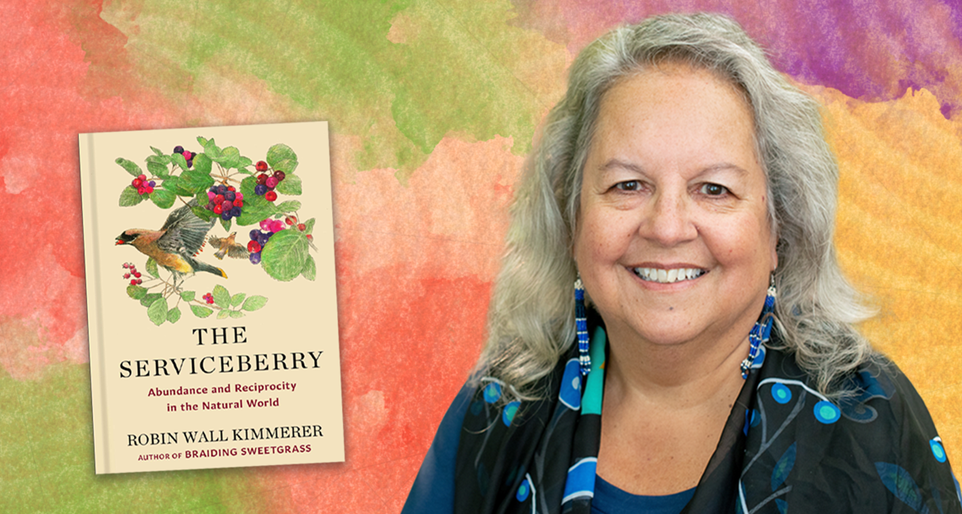
Get Robin Wll Kimmerer Books
Immense gratitude to this author for writing such a beautiful book.
Bookshop.org was created as a socially conscious alternative to Amazon, with the goal of helping local, independent bookstores thrive. This is why Readers With Wrinkles supports their efforts. Please join us in this effort by purchasing your next read here.

If you appreciated the themes of reciprocity, interconnectedness, and Indigenous wisdom in The Serviceberry by Robin Wall Kimmerer, there are several other books that offer similar perspectives—blending nature writing, memoir, and reflections on our relationship with the environment.
- Braiding Sweetgrass: Indigenous Wisdom, Scientific Knowledge, and the Teachings of Plants by Robin Wall Kimmerer: This is Kimmerer's most celebrated work, weaving together Indigenous knowledge, botany, and personal narrative to explore the ethics of reciprocity and gratitude in our relationship with the natural world. Many readers find it a natural companion to The Serviceberry.
- Gathering Moss: A Natural and Cultural History of Mosses by Robin Wall Kimmerer: Another of Kimmerer’s books, this one focuses on mosses but similarly blends science, Indigenous perspectives, and poetic prose to explore themes of connection and stewardship.
- Fresh Banana Leaves: Healing Indigenous Landscapes through Indigenous Science by Jessica Hernandez: This book offers an Indigenous scientist’s view on conservation, environmental justice, and the importance of traditional ecological knowledge.
- As Long as Grass Grows: The Indigenous Fight for Environmental Justice, from Colonization to Standing Rock by Dina Gilio-Whitaker: Gilio-Whitaker explores the intersection of Indigenous rights, environmental justice, and activism, echoing the reciprocal worldview found in Kimmerer’s work.
- Sand Talk: How Indigenous Thinking Can Save the World by Tyson Yunkaporta: This book presents Indigenous ways of knowing as a framework for addressing contemporary global challenges, using storytelling and metaphor to highlight interconnectedness.
- God Is Red by Vine Deloria Jr.: A classic in Indigenous studies, this book examines Native American spirituality and its relationship to land and community, resonating with Kimmerer’s emphasis on place-based wisdom.
- Our History Is the Future by Nick Estes: Focused on Indigenous resistance and the movement at Standing Rock, this book explores themes of community, land, and the future of environmental stewardship.
- No Country for Eight-Spot Butterflies by Julian Aguon: A collection of essays blending memoir, activism, and reflections on Indigenous identity and environmental justice.
- A Sand County Almanac by Aldo Leopold: While not written from an Indigenous perspective, this conservation classic shares Kimmerer’s ethos of seeing oneself as part of the ecosystem and advocates for a land ethic, based on care and reciprocity.
- The Mushroom at the End of the World by Anna Lowenhaupt Tsing: This book explores the ecology, economy, and culture surrounding the matsutake mushroom, using it as a lens to discuss interconnectedness and resilience in disturbed landscapes.
- From a Native Daughter by Haunani-Kay Trask
I Am Woman by Lee Maracle
The Well-Gardened Mind by Sue Stuart-Smith: For a poetic, anecdotal approach to nature and healing (though not from an Indigenous perspective) - Otherlands by Thomas Halliday: For a broader, awe-filled look at Earth’s deep history and interconnectedness.

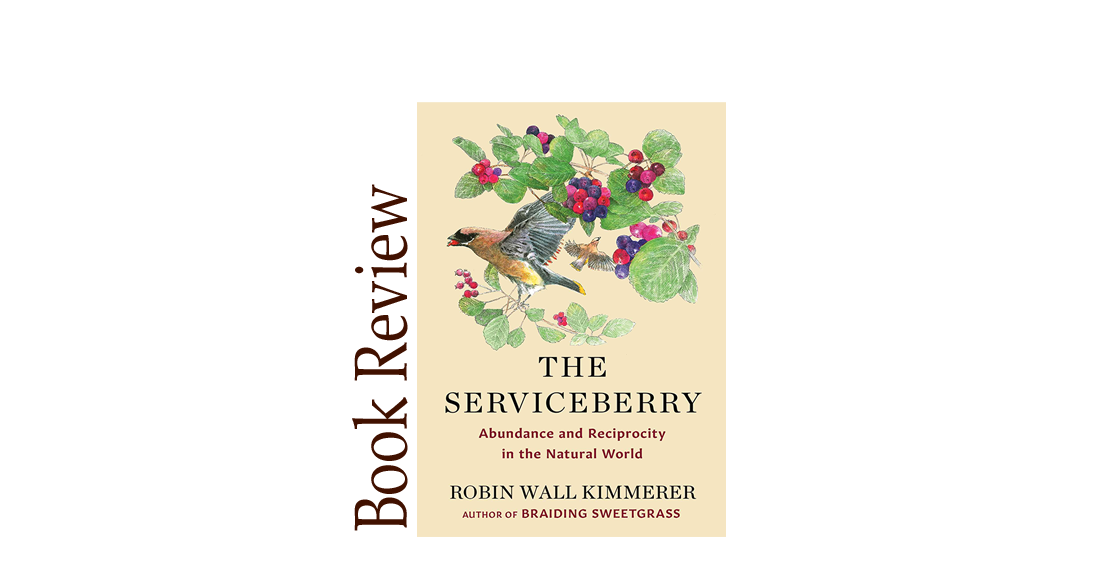
Comments